Endangered Species Day
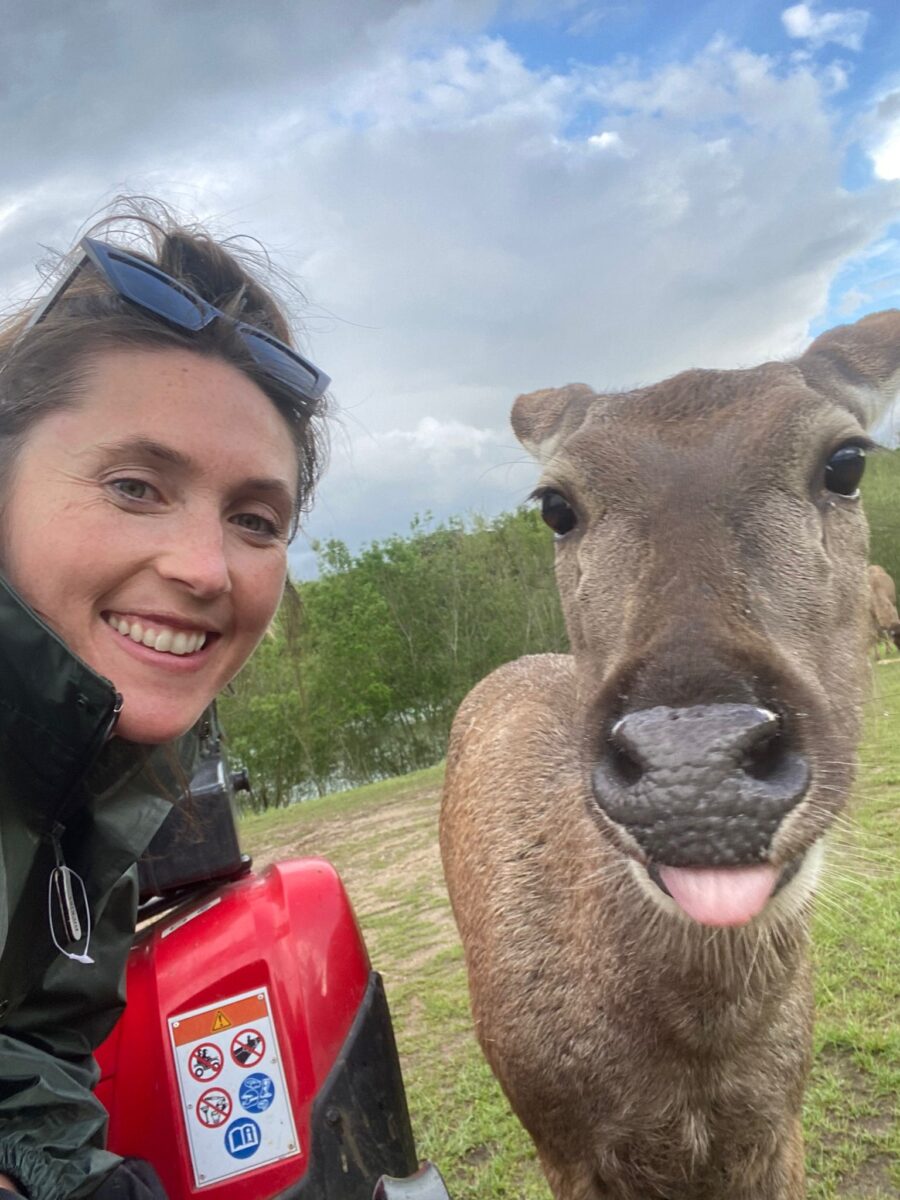
May 17th is Endangered Species Day and a chance to reflect on the rationale and aspirations of Watatunga. We caught up with Reserve Operations Manager, Molly to ask her about the endangered species onsite at Watatunga.
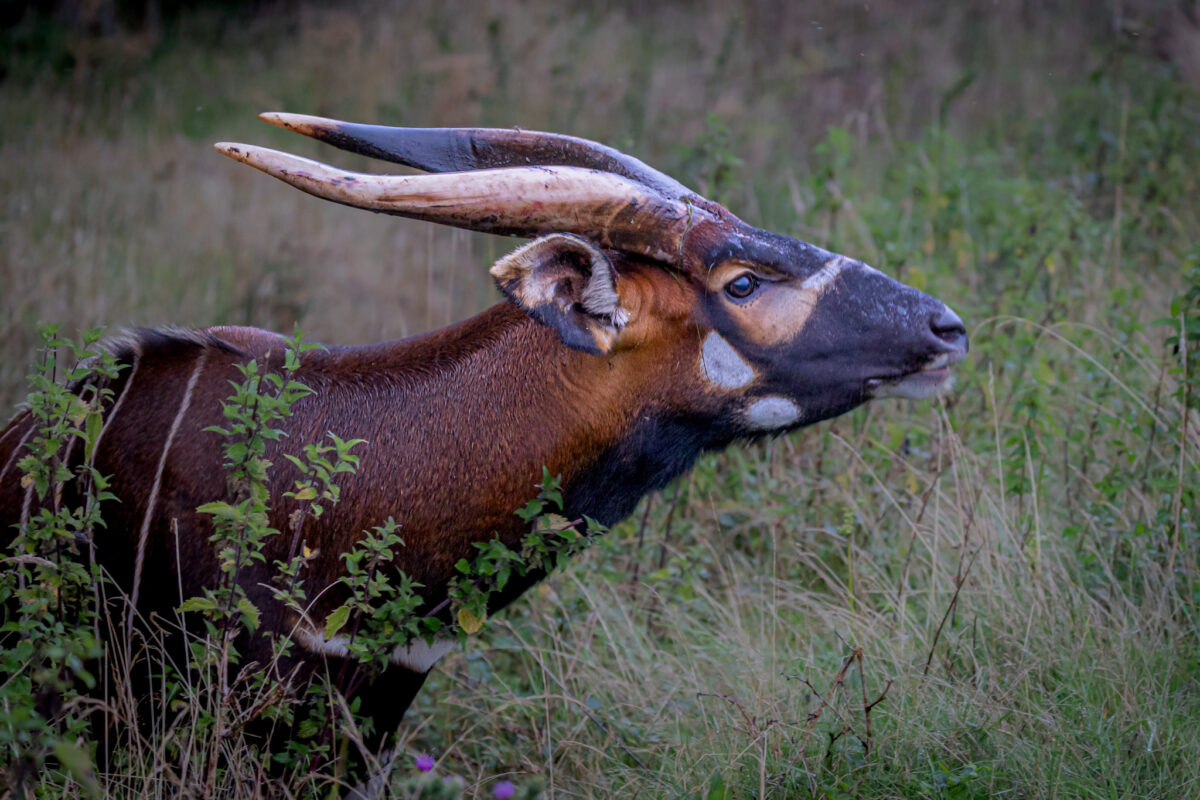
Which endangered species might visitors see at Watatunga?
We have focused our conservation efforts on deer, antelope and birds as that is what our habitat is best for. Onsite we have the Eastern mountain bongo of which there are thought to be less than 100 individuals left in the wild; Indian sambar – a population that is rapidly declining and currently classed as vulnerable; White-lipped deer & barasingha. There are less than 60 captive White lipped deer in the whole of Europe. In terms of waterfowl, our Laysan teal & Ferruginous ducks are the most vulnerable species we have and we also have White-Naped Crane & Great Bustard, the latter a species that went extinct in the U.K. in 1832.
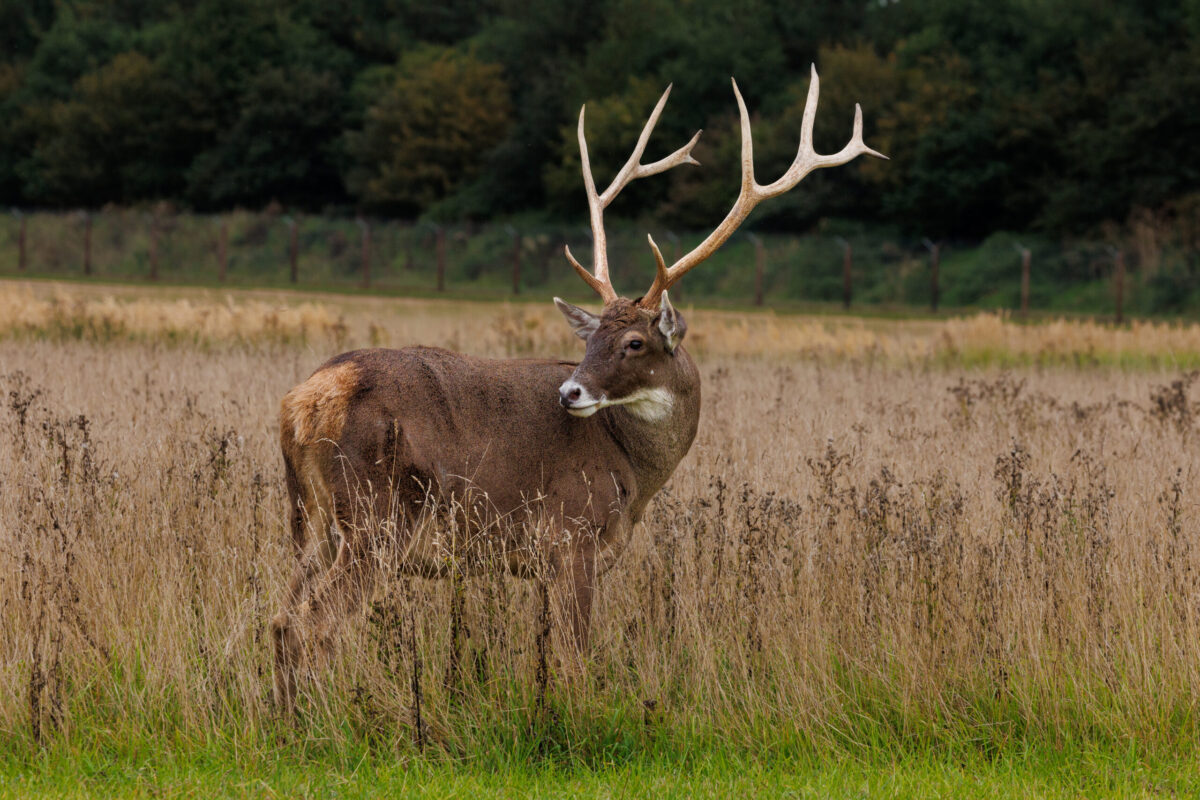
How do wildlife reserves like Watatunga help endangered species?
People tend not to care about something as much if they do not know and understand it. At Watatunga we try to connect people with nature and endangered deer & antelope species that are often overlooked in larger collections. If we help to connect people with these species that get little to no attention it helps to raise public awareness. We also run school trips from nursery right up to university students and tailor our programmes specifically to the school curriculum to the best of our ability, whilst relating it to our reserve as much as possible.
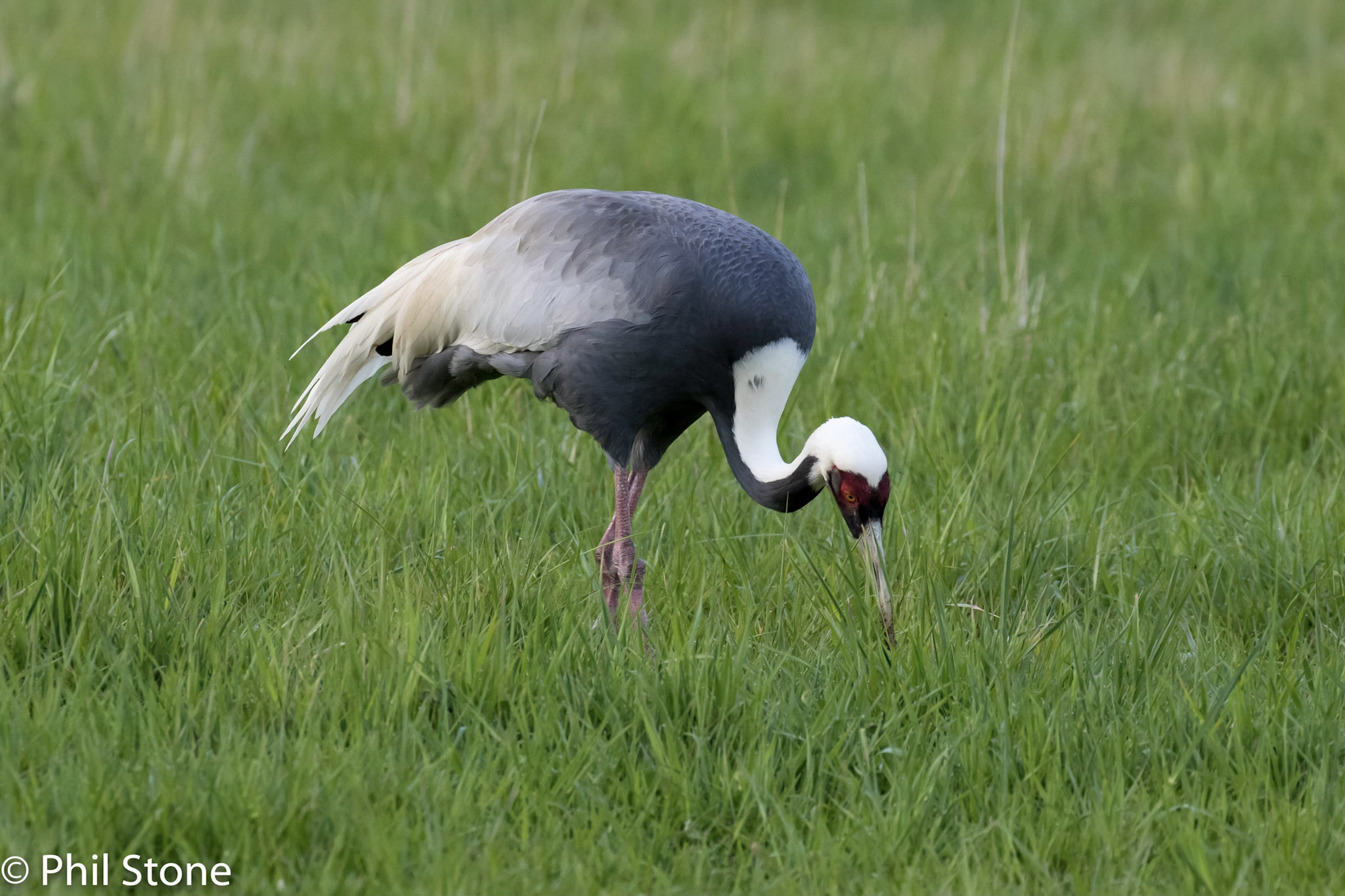
Why did you make it your mission to help these species?
Our ethos here is that hopefully one day, Watatunga will be used as a ‘Halfway House’ facility. We hope that the reserve can be used to house birds, deer and antelope prior to being re-released into the wild. It is important that animals have a hands-off management approach within a captive setting prior to being re-released so that we can identify if they are ready or not and see what they need help with. For example, we assess whether they are being predated by birds of prey; whether they know what to do if they are in need of salt; if they are likely to consume toxic plants etc.
What was the founders’ rationale for getting into this?
Ed had a passion for deer and antelope and birds from an early age. Having grown up amongst wildlife on the farm and visiting Africa, he realised that so many of the species he loved were increasingly endangered and not widely known about or ever seen. He felt he had a unique site through which to provide habitat for a U.K. collection that worked with other institutions to trial new approaches to conservation and animal husbandry.
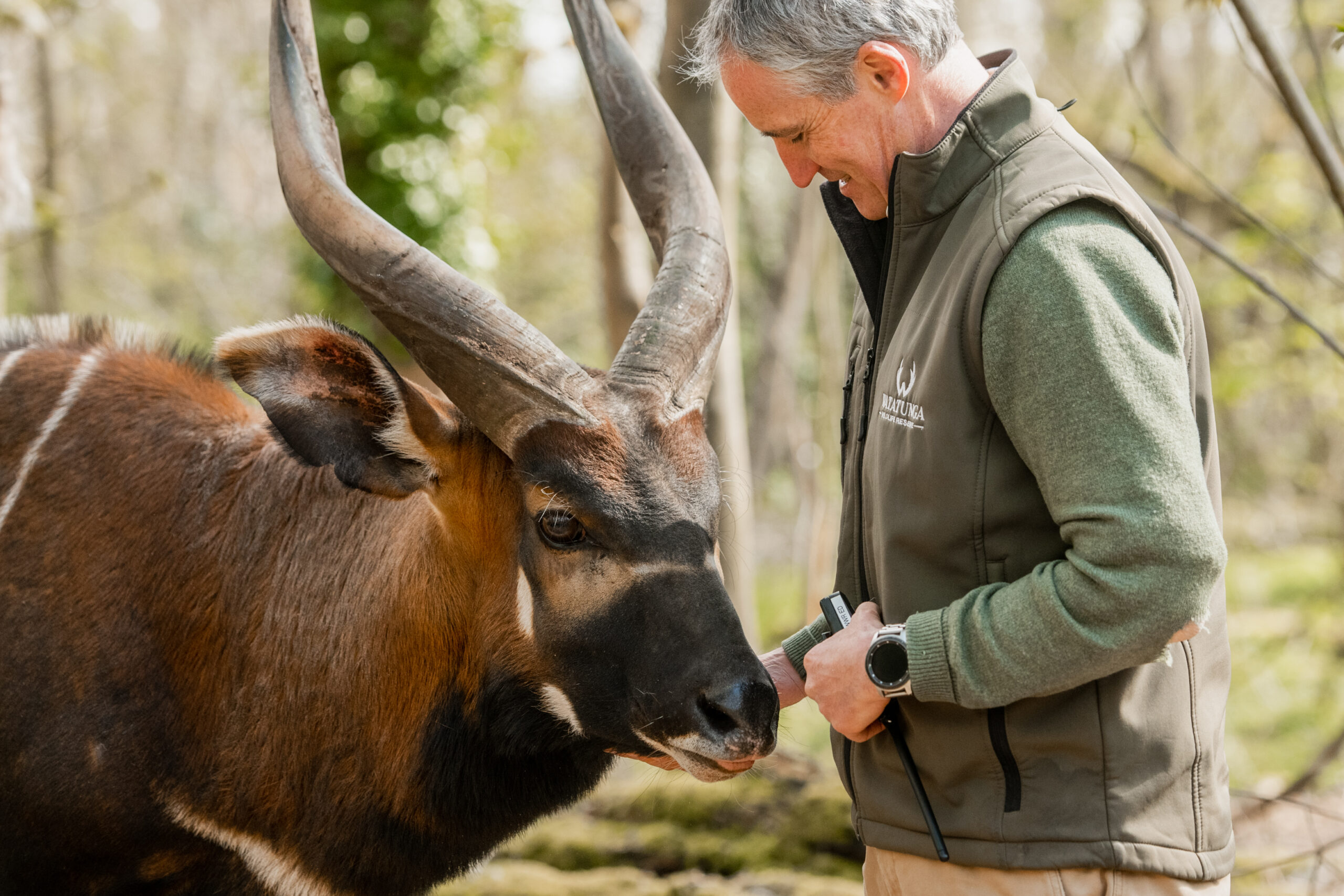
How can people support the work you’re doing and why is it important that they do?
Come on a tour, spread the word about us and help us to educate people about these amazing animals. We also have several charity boxes in reception that we donate directly to our chosen conservation charities such as the Great Bustard Project & the Mount Kenya Conservancy Trust. You can book a tour here